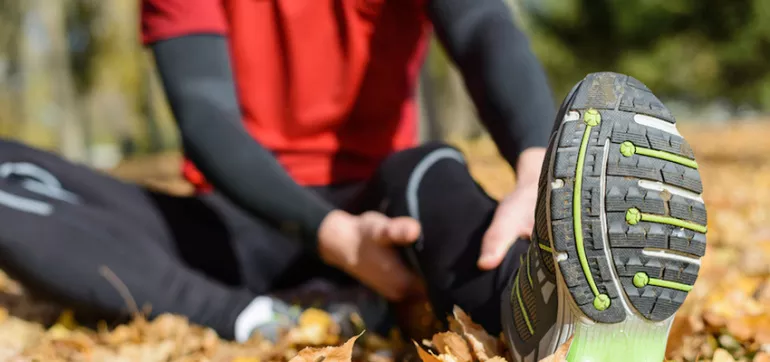
Have you ever woken up with a charley horse in your calf so bad you scream out loud? I recently traveled to Harvard Medical School for a conference on healthy aging, and a comment made by the first speaker about pickle juice caught my attention. I wound up uncovering a “wives’ tale” that’s turning out to be hot science and a potential therapy worth sharing with you.
It turns out an estimated 20% of people have daily nocturnal leg cramps severe enough to seek medical help, around 15 million adults in the US alone. While exertional leg cramps, particularly in the calf, may be a symptom of a circulatory disorder called claudication, many high-level athletes and weekend warriors suffer these cramps not related to circulation.
Disorders of electrolyte concentrations such as potassium and magnesium are generally not felt to be the cause of these disturbing cramps. The latest research indicate it is the nerves supplying the muscles, originating in the spinal column, that trigger the leg cramps.
I’m not quite sure we know who was the first person having a charley horse to say, “Nothing else works, so I’m going to drink the juice in that pickle jar and just see what happens!” If you know who that brave soul was, have him or her step forward. For years, multiple claims have been made that 2-3 ounces of pickle juice works wonders for cramps. Internet testimonials abound, some dedicated solely to pickle juice, and there are manufacturers of pickle juice cashing in on this therapy.
Is it real? Credit Dr. Kevin Miller at North Dakota State University for putting the craze to the test. He created leg cramps in volunteers using electrical stimulation and gave them either water or pickle juice to drink. Lo and behold, the pickled volunteers demonstrated that cramps were inhibited and much shorter.
How does this work? The researcher at Harvard described an ion channel called TRPV1 (it was Harvard after all — they use big words) that activates the spinal column and inhibits the firing of nerves causing leg cramps. There are areas in the mouth, esophagus and stomach with these channels that can be stimulated, and it’s suspected that the protons in pickle juice do just that.
So are we left with only pickle juice to mend leg cramps? A 2- to 3-ounce shot of the juice will contain a few hundred milligrams of sodium, so anyone with high blood pressure or heart disease should tread cautiously. Quinine is another agent that has been used for cramps, but it carries a FDA warning due to potential side effects such as rare, but severe, bleeding.
The researcher at Harvard developed a pill that activates TRPV1 channels, and has shown it works to reduce muscle cramping. It contains extracts of hot peppers (capsaicin), ginger, and cinnamon and is undergoing further testing, with anticipated release next year.
Until then, I think trying a small shot of pickle juice if you suffer from frequent cramping is actually reasonable and likely to help. Old dill, new dill? No one has looked to see if there’s a difference. When Peter Piper picked a peck of pickled peppers, he never sat down to massage a sore calf. Now you can rid yourself of this painful nuisance, too.
Originally posted on MindBodyGreen.com

